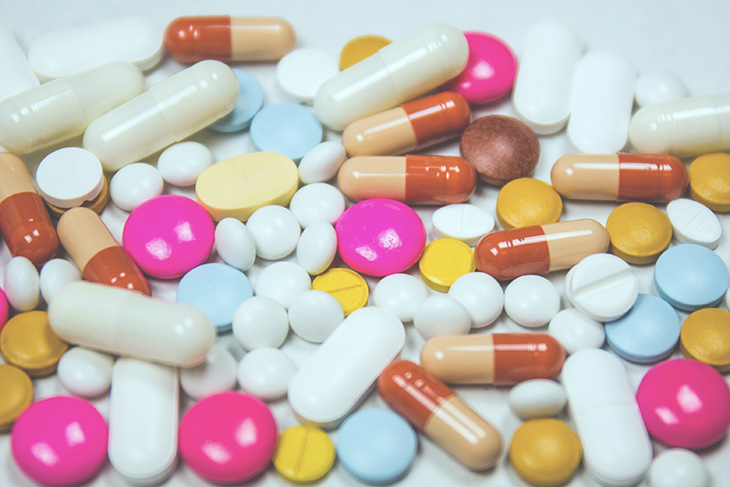The rise of ‘generic’ biologics should mean cost savings for employer drug plans
Most of us are familiar with the difference between brand-name drugs and their generic equivalents. Basically, the generics are “bio-equivalent” to the brand names and are, for all practical purposes, the same — only cheaper. Now there’s a new term, and a whole new area of prescribing options, that we will be hearing a lot more about in the coming months and years: Biosimilars.
Biosimilars can’t strictly be described as “generic” versions of biologic drugs although, like the generics, they do provide less expensive options to patented brand-name biologics.
Biologic drugs are different from the “regular” drugs people are familiar with in a couple of important ways. First, they are produced by living organisms, as opposed to being synthesized in a chemical process. Second, they are far, far more complex in their molecular structure than regular drugs.
Biologics first made news in the 1980s when researchers began tinkering with DNA to produce complex proteins and other natural sub-stances that could not be chemically assembled in a test tube.
They also went further, altering the genetic code of living cells from animals and plants to transform them into little biological factories. These new cells would then produce a whole range of biological substances: insulin, hormones, antibodies, enzymes — the list is a long one.
The biologics that resulted have been on the market for years, and the names are familiar: Remicade, a treatment for auto-immune disorders including arthritis is one, while others include Humira, Enbrel and Lantus, to name just a few. In fact, 10 of the 25 top-selling medications are biologics.
These are all brand-name biologics, with the patents owned by the companies that produce them. And, as with brand-name drugs, those patents run out eventually, so other companies can enter the market.
But it’s not quite as simple as just producing an identical molecule in the lab. Biologics, remember, are made by living organisms, and the ones produced by Company A are probably never going to be entirely identical to the ones developed by Company B.
But they can come pretty close. When they come so close that there is no practical difference in treatment efficacy and safety between the new product and the patented one, the result is called a “biosimilar.” (Biosimilars is the term most widely used, but they can also be referred to as SEBs — subsequent entry biologics.)
All this is pertinent right now because some of those big patents are expiring. Remicade, one of the first biologics to launch, is also one of the first to face a biosimilar competitor as its patent runs out.
Inflectra, from a Pfizer company, is a biosimilar for Remicade. It was approved by Health Canada and introduced to the market back in 2015. The Canadian Agency for Drugs and Technology in Health (CADTH), which evaluates the clinical and cost-effectiveness of medicines in Canada, recommended that Inflectra be covered by provincial drug plans in Canada. Inflectra is now covered preferentially by most provincial drug plans.
Biosimilars will generally be less expensive than the original patent drug, yes, but not nearly by the same margins as has been seen with generic drugs. That’s mainly because producing the biosimilar requires almost as much time and cost of development as the original. So Inflectra, for example, costs around 47 per cent less than Remicade, which will result in very significant savings to drug plans.
Many more biosimilars for some of the top-selling biologic medicines in Canada are expected to launch in the next five years. This represents a big opportunity to provide cost savings to drug plans — while providing the same health-care benefits to patients.
